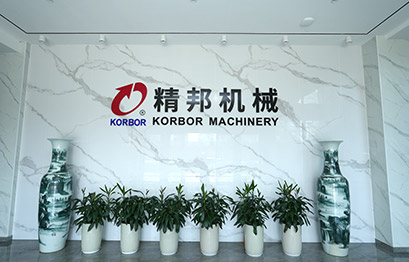In different series of FORD models (such as sedans, SUVs, and pickups), how are the design parameters of the camshaft (such as cam profile, phase angle, etc.) set differently to adapt to different power requirements?
In different series of FORD models (such as sedans, SUVs, and pickups), the design parameters of the camshaft will be set differently according to different power requirements as follows:
Cam profile
Sedan: Sedan cars usually focus on fuel economy and smoothness of daily driving. Its cam profile design is generally softer, with relatively moderate lift and slope. In the low speed range, the cam profile can open and close the valve in time to ensure smooth engine intake and exhaust, so as to achieve better fuel atomization and combustion effects and improve fuel economy. For example, in compact cars such as Ford Focus, the cam profile design will make the valve have appropriate opening time and lift at low and medium speeds, so that the engine can run efficiently and output stable power when driving on urban roads.
SUV: SUV models need to take into account certain off-road performance and high-speed driving stability, and have higher requirements for engine torque output. The cam profile may be designed to be more angular, with a relatively large lift, especially in the low and medium speed range, which can make the valve reach a larger opening degree faster, increase the intake volume, and improve the torque output. Taking the Ford Edge as an example, in order to meet the power requirements of SUVs under conditions such as climbing and accelerating, the design of the cam profile will make the valve open at a larger angle at low and medium speeds, allowing more air to enter the cylinder, fully mix with the fuel and burn, and output stronger torque.
Pickup trucks: Pickup trucks are mainly used for cargo and some light off-road work, and have high requirements for the low-torque output of the engine. Its cam profile often has a more radical design in the low-speed area, with a large lift and a steep slope, so that the valve can be quickly opened to a larger degree at low speeds, and a large amount of air can be taken in to ensure that the engine can output strong torque at low speeds to meet the power requirements of cargo and off-road. For example, the camshaft of the Ford F-150 has a cam profile optimized for low-torque output. At low speeds, the valve opening time is long and the lift is large, so that the engine can easily cope with heavy loads and complex road conditions.
Phase angle
Sedan: In order to improve fuel economy and reduce emissions, the camshaft phase angle of sedans is usually adjusted more flexibly according to the working conditions of the engine. When idling and driving at low speeds, the phase angle will be delayed appropriately to reduce the valve overlap angle, reduce exhaust gas residue, and improve combustion efficiency. When high-speed driving requires power, the phase angle will be advanced to increase the valve overlap angle, improve intake and exhaust efficiency, and increase power output. Sedan cars such as Ford Mondeo have variable camshaft phase technology that can accurately adjust the phase angle according to signals such as engine speed and load, so that the engine can maintain good performance and fuel economy under different working conditions.
SUV: Since SUVs need to drive under different road conditions, the adjustment range of their camshaft phase angles is generally larger than that of sedans. Under conditions such as off-road or climbing that require high torque, the phase angle will be advanced more, increasing the valve overlap angle, so that the engine can output greater torque at medium and low speeds. Under conditions such as high-speed cruising, the phase angle will be adjusted appropriately to optimize the balance between fuel economy and power output. For example, the adjustment strategy of the camshaft phase angle of Ford Explorer can adapt to various road conditions, advance the phase angle to enhance torque when off-road, and reasonably adjust it to reduce fuel consumption when driving at high speed.
Pickup truck: The camshaft phase angle of pickup trucks tends to be advanced in the low speed range to enhance low torque output. In cases such as starting with heavy load or climbing, the advanced phase angle can open and close the valve in advance, increase the intake volume and exhaust smoothness, and improve the torque output of the engine. When driving at high speed, the phase angle will also be adjusted according to the load of the engine to ensure the balance of power and fuel economy. The camshaft phase angle control technology of Ford F-150 is to meet the power requirements of pickup trucks under various working conditions, and to exert strong torque performance at low speed and heavy load.
Anhui KORBOR Machinery Co., Ltd., as one of the top camshaft manufacturers in China, has a deep technical accumulation in manufacturing technology. The company uses high-performance alloy materials and uses heat treatment processes such as tempering, carburizing, and quenching to significantly improve the strength, hardness, and wear resistance of the camshaft, which provides a solid foundation for the realization of camshaft design parameters for different models of automobile brands such as FORD. Only reliable materials and processes can ensure that the camshaft can operate stably in a complex working environment under different design parameters and meet the power requirements of different models such as sedans, SUVs, and pickups.

 English
English 中文简体
中文简体 русский
русский Español
Español






















